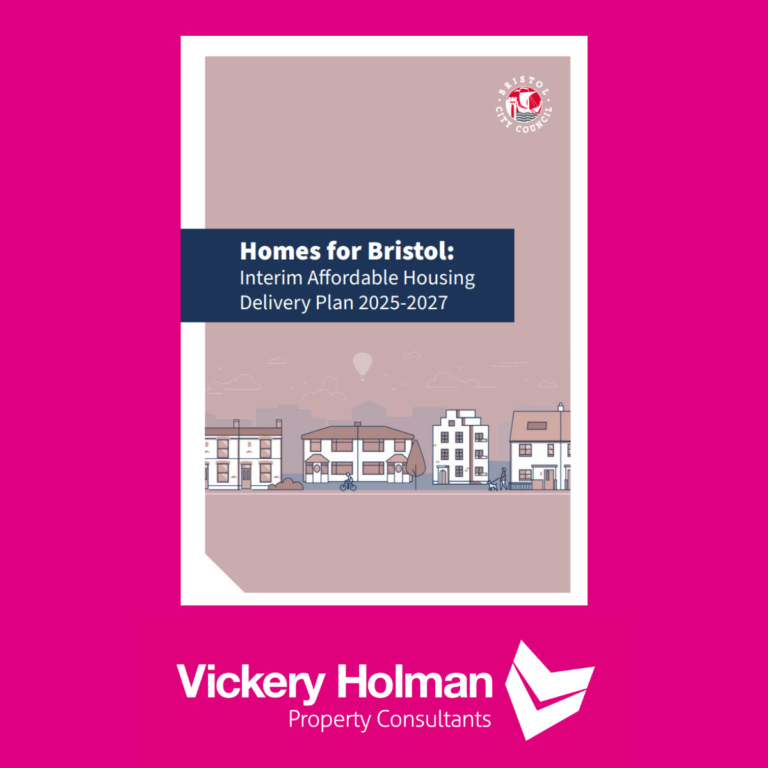The retail market in Plymouth is generally divided into two categories, being the prime city centre retail offering and the secondary/neighbourhood parade retail offering. The city centre retail offering has been evolving for many years and the pandemic was just another challenge for the high street to adapt to, but rents had already been readjusting to become more affordable. Whilst we have seen rents reduced for city centre retail units during the COVID period, these have started to rally around and begin to make a recovery. Business rates are one of the key factors for city centre retail units as the rateable values are so out of touch with the current market rents. This has been the case for a number of years and the upcoming launch of the new list in April 2023 will hopefully see rateable values reduced to reflect the current market rents. The revised rateable values should start arriving with businesses by the end of this year. Whilst we don’t expect rents to recover to the levels they were prior to the recession in 2007, given the increase in online trading and all of the other headwinds on the horizon, they should recover to a reasonable level that is a balance between landlords receiving a good return and tenants being able to operate a profitable business.
Turning to neighbourhood and secondary retail, which has only increased in popularity post-COVID with many people now shopping local as they work from home, a lot more are using their local neighbourhood retail offerings. This has seen demand increase for these types of units as well as rents increasing to higher than pre-COVID levels, in the coastal and market towns especially. Generally, these units have a rateable value of less than £12,000 which means that tenants would be eligible for small business rates relief and therefore pay no business rates, which makes these types of properties much more attractive to tenants and is where we have seen the greatest demand.
The industrial sector continues to be a demand-driven, low supply market – with demand far outstripping supply. There have been less developments over the last few years which has pushed up rents to record levels as well as prices for those being sold. In terms of size, this is across the board as larger units of 10,000 sqft (plus) have historically been in short supply as most have been broken up into smaller units after the last financial crisis. With the distribution centres keen to secure more space across the whole of the UK, this has also driven rents up for these large units. Despite the headwinds, we believe that the industrial sector will remain buoyant, with a high demand, because the amount of stock (whilst starting to increase slightly) is still not enough to come anywhere close to satisfying the current demand. In addition, despite what happens to the economy, not only are we generally sheltered in the southwest, but people still need places to run their businesses from.
Moving on to the office sector, the question we probably get asked most, as commercial agents, is: Is the office sector dead? The answer is no. The office market in Plymouth has never been as good as Exeter, with demand being relatively average and requirements generally for 2,000 sq ft or less. However, there is a very low supply of office space, so when companies are looking, they don’t have much to choose from. Out of town offices have gained even more momentum post-COVID as companies look to secure more parking spaces and enable their employees easier access to the office. With the hybrid model being adopted by most companies, employees now, more than ever, want to be able to reduce their journey times and reclaim their work/life balance. The biggest change in the office market has been the rise of co-working space, which was previously reserved for startups and individuals, but is now more widely being used by much larger firms, I think for a number of reasons. Firstly, it enables flexibility as leases are generally much shorter so companies can flex with staff requirements. Secondly, co-working spaces generally provider high-quality space along with a number of extras such as gyms, coffee shops, events, meeting rooms, etc, and that is what is dominating the office sector at the moment – the flight to quality. Companies need to make the office inviting for employees to come back to, so that people have a reason to come to the office other than to work. We have established that the majority of people can effectively do that from home, and what we need from our office is to enable collaboration.





